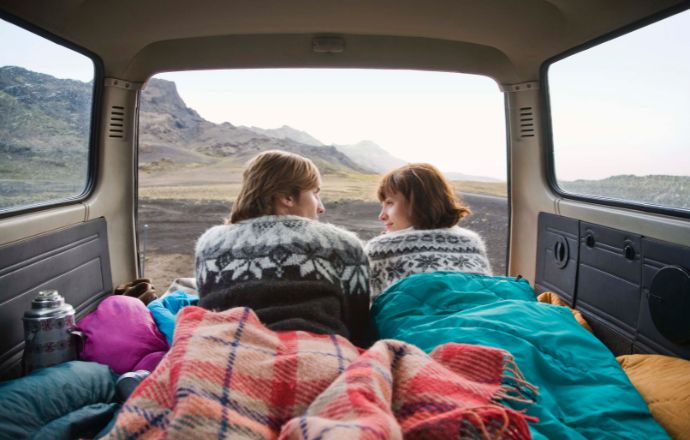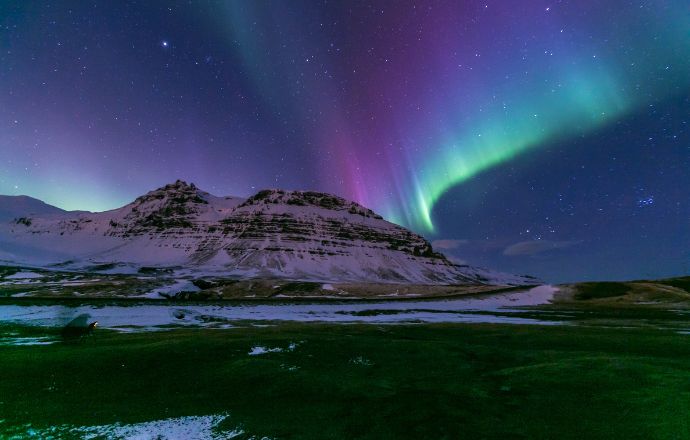Iceland (a.k.a. the land of fire and ice) is often described as dramatic, thrilling, and otherworldly, with natural wonders shaped by unrelenting forces.
But there’s more to this fascinating island than its innate beauty. Icelandic culture remains rich and varied, with friendly people, intriguing traditions, fun festivals, and fascinating traditional food.
Whether you want to enjoy a lunch at a family farm, dance until the sun goes down at midnight, or admire the beauty of the majestic horses, there is no better place than Iceland.
Here’s a window into this Nordic nation that has been repeatedly ranked high among the safest, happiest places on Earth.
READ MORE: Birds of Iceland: An Introductory Guide
ICELANDIC CULTURE GUIDE
- Icelandic People & Their Origins
- Icelandic Cultural Traditions & Holidays
- Icelandic Clothing
- Icelandic Cuisine
- Icelandic Cultural Festivals
- Equal Pay for Women in Iceland
- Icelandic Horses
- Whales In Iceland

ICELANDIC PEOPLE & THEIR ORIGINS
This remote island in the vast North Atlantic Ocean was first discovered during the Viking era of exploration, and settled by Norse and Celtic seafarers in the 9th century.
The dominant language of the time was Old Norse, which has evolved into modern Icelandic. People today can still read folk tales in Old Norse, which tell stories ripe with Norse Gods, Viking Mythology, ghosts, elves, and trolls.
Iceland’s economic success historically depended on generations of fishermen braving the unknown, first in row boats and then on large fishing vessels, starting in the late 19th Century.
Fish have been the country’s main lifeline, both as the main food supply and chief export product.
In the early 1900s, the Herring Boom began in the small fishing town of Siglufjördur, which is located in a narrow fjord on the northern coast.
Tens of thousands of laborers flocked to Iceland, and thus began one of the most successful fishing industries in the country.
At the Herring Era Museum (a former winner of the European Museum of the Year), you can revisit life in the fishing town through artifacts restored by local artists, architects, and volunteers, and wander along a dock restored to 1950s fishing village charm with old vessels.
Away from the shores, the large swaths of land are sparsely populated and are often used for livestock farming.
The majority of the population of 340,000 people live in the major…
Click Here to Read the Full Original Article at Green Global Travel…
